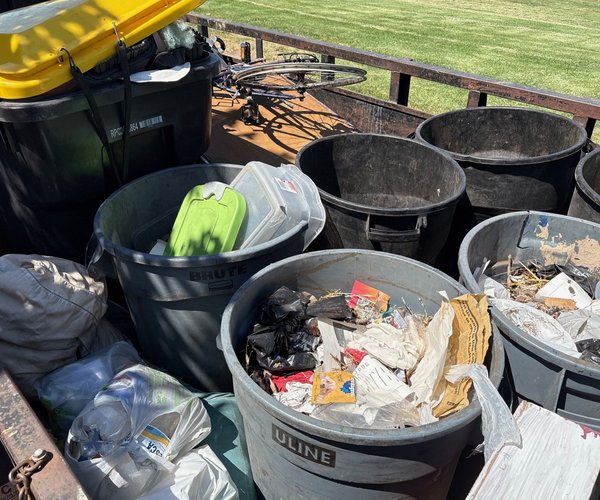Manteca Unified School District is bracing for a big financial hit as the state tries to figure how to manage a looming budget deficit that may reach as much as $75 billion.
District Superintendent Clark Burke believes MUSD may be situated better than most districts.
That’s because Manteca Unified trustees wanted the district to be prepared as well as it could in the event of a repeat of major funding cutbacks iof 2010 after state revenues plunged when the mortgage crisis triggered the Great Recession.
They did that by:
*Establishing a policy of having 75 percent of cash on hand to meet one month’s general fund expenses in addition to established reserves
*Adopting three-year balanced budgets based on revenue projections as required by the state.
*Making sure not to use one time money — such as COVID relief funds — to add ongoing expenses such as staff salaries.
While Burke noted school districts won’t know what exactly to expect until adoption of the state budget nears in June, past methods the state has used to meet voter mandated laws to keep education funding at a specific level includes committing money and then deferring payments as well as suspending cost of living adjustments (COLA).
It is essentially bookkeeping trickery.
Since budgeting always involves projected revenue and not actual dollars that are in hand, by fully budgeting money state law requires districts to receive but deferring it for three months or so the state can “legally’ be funding education at 100 percent.
Districts won’t receive the money for three months.
But they still have to meet ongoing expenses ranging from teacher and other staffing costs to keeping the lights on.
And it does cover the deficit — at least in a budget document.
That’s because the state spends $127 billion on K-12 education each year. And while some of that is categorically restricted, a three month deferral could easily “plug” a $20 billion to $30 billion hole in the state budget.
Having 75 percent of the district’s monthly cash expenditures on hand means MUSD is in a position to be able to take initial year hits that deferring payments are likely to make without having to resort to deep cuts in the initial year of the state dealing with the deficit as happened at the start of the Great Recession.
It’s because the cash on hand partially addresses the cash flow problem the state would create by deferring payments.
But beyond that, it is uncharted waters.
The 977 school districts in California that educate 5.5 million students receive between 54 and 61 percent of their funding from the state. The exact amount is dependent on a formula that involves property tax receipts and socio-economic considerations of individual districts.
Suspending COLA payments would cost Manteca Unified anywhere from $1.9 million to $2.2 million for each one percent
Whatever the state does, it will also be blunted somewhat due to the growth Manteca Unified is experiencing.
While COLAs and specific state funding may be deferred, districts receive a dollar amount per student enrolled and attending classes that varies district-by-district under the state funding formula.
To contact Dennis Wyatt, email dwyatt@mantecabuletin.com






